20-something with huge verapamil overdose and cardiogenic shock
Dr. Smith's ECG Blog
MAY 26, 2023
A 20-something presented after a huge verapamil overdose in cardiogenic shock. This was a very complex case and the details are too much for an ECG Blog, but suffice it to say that, s hortly thereafter, the patient had an asystolic arrest and was resuscitated. The initial K was 3.0 mEq/L and ionized calcium was 5.5

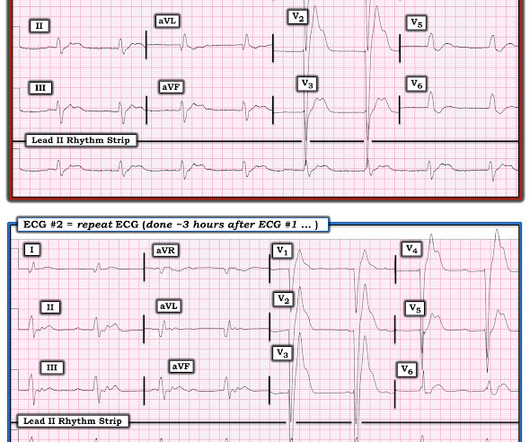
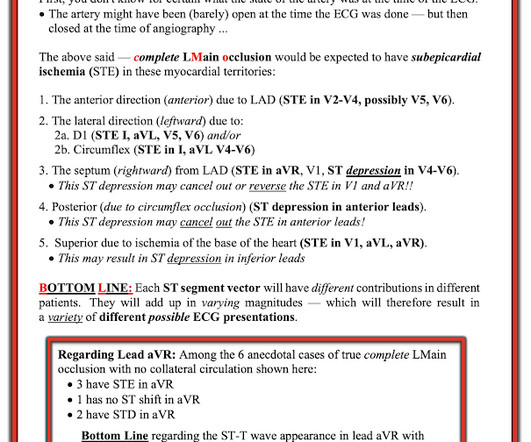
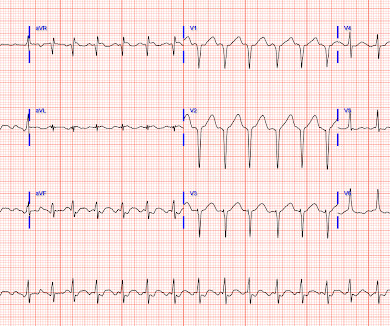
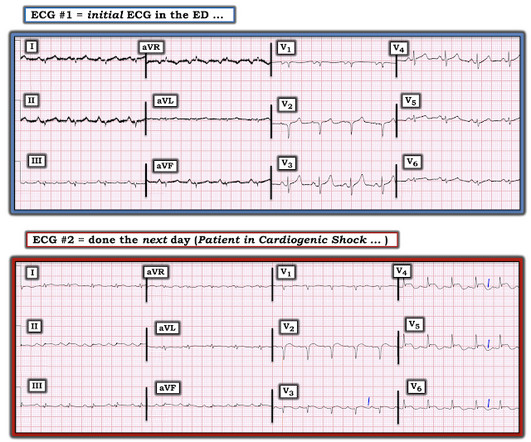
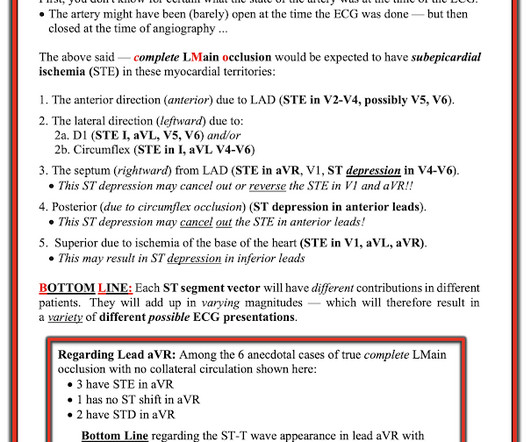
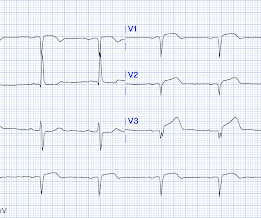
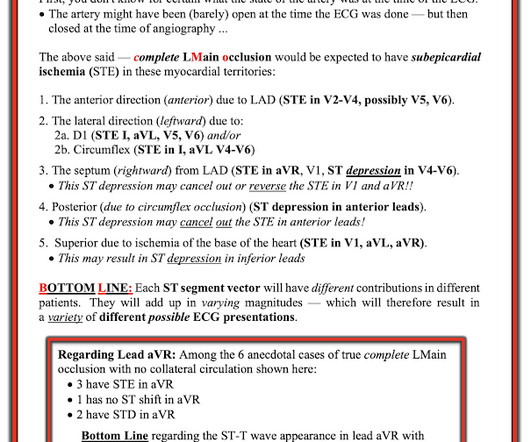
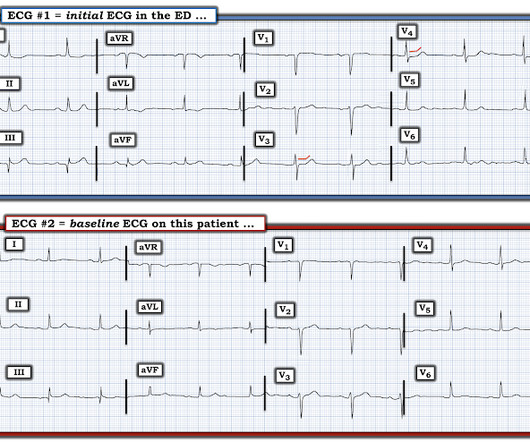
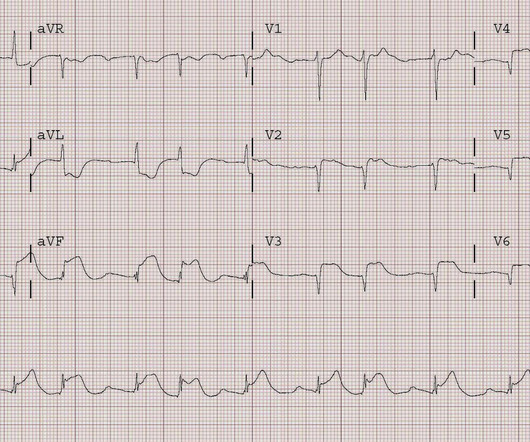
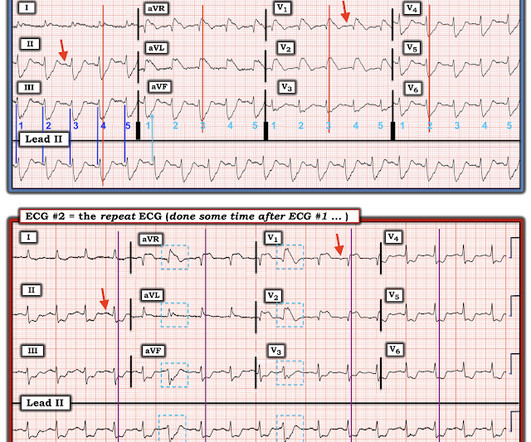
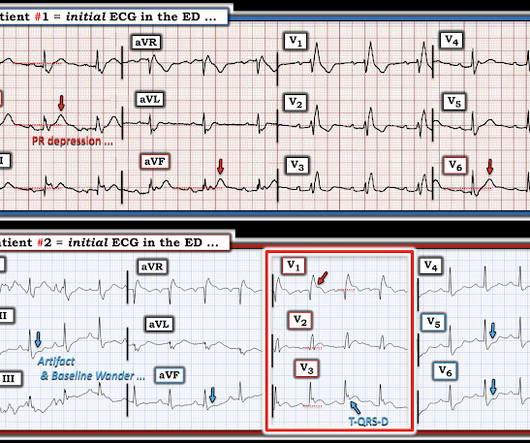
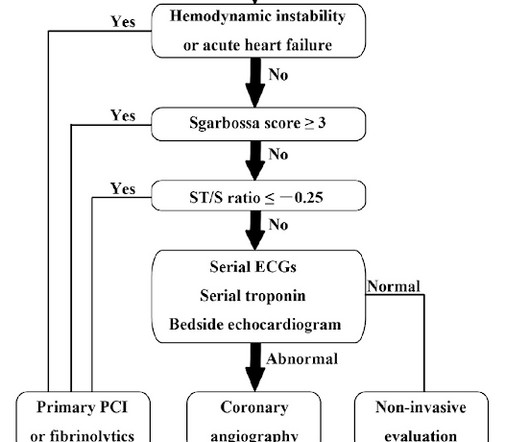

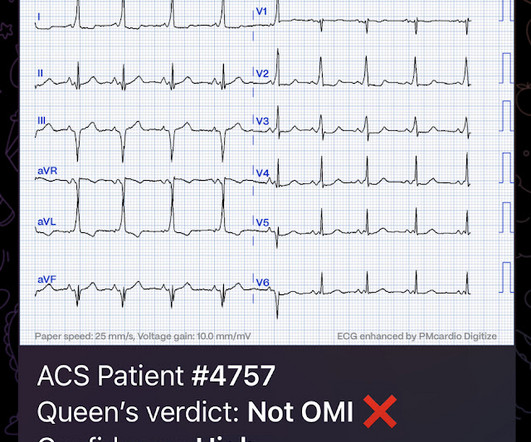






Let's personalize your content